

Of the books I’ve read that are set in Cyprus, my favourite is Bitter Lemons of Cyprus by Laurence Durrell. And last weekend, we visited Bellapais, the village that Durrell lived in, to see how things have changed.
Laurence Durrell lived in Cyprus from 1953 to 1956 and Bitter Lemons is a novel about his time here. When he arrived, Cyprus was a sleepy British colonial island where Turkish and Greek Cypriots lived peacefully. Durrell bought a house in the rural village of Bellapais, near Kyrenia in the North. In his novel, Durrell describes the comings-and-goings of the quiet village, where the best-loved pastime was doing nothing beneath the Tree of Idleness in the village square. The atmosphere he evokes is idyllic; a time of innocence.
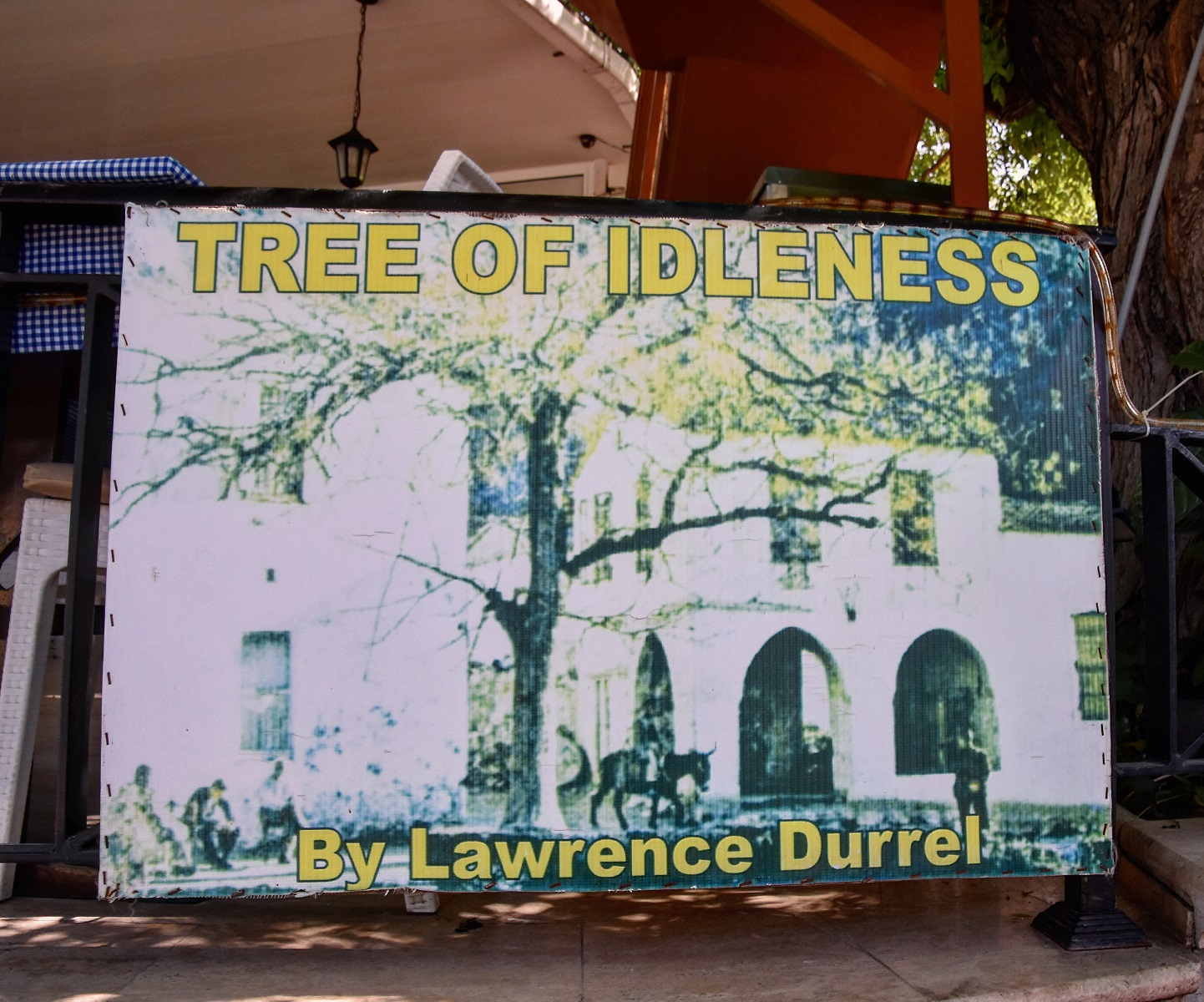
But beneath the surface, tensions are mounting as Greek Cypriots want enosis – union – with Greece. And soon the group EOKA has formed and is committing acts of terrorism against the British who appear to have mishandled the situation. Durrell portrays the complex situation so well and with such sensitivity. Before reading this book, I only knew about EOKA’s terrorism, but in Bitter Lemons you form an understanding of what led to such violence. As Durrell paints it, Cyprus was a neglected British colony that hadn’t been developed and whose children were poorly educated. Unity with Greece seemed like the ideal way forward; a view shared by many Greek Cypriots across towns and villages, not just members of EOKA. Durrell describes how many of his Cypriot friends hated EOKA violence but saw no other way to get the British to take them seriously. He describes how the Cypriots loved the British but wanted to be their own masters.
Bitter Lemons portrays the end of innocence, the corrosive effect of suspicion caused by terrorism and the transformation of a sleepy island into something resembling a large military camp. It’s a devastating, powerful read that gave me greater understanding of Cyprus’s recent past and how this has shaped the island today.
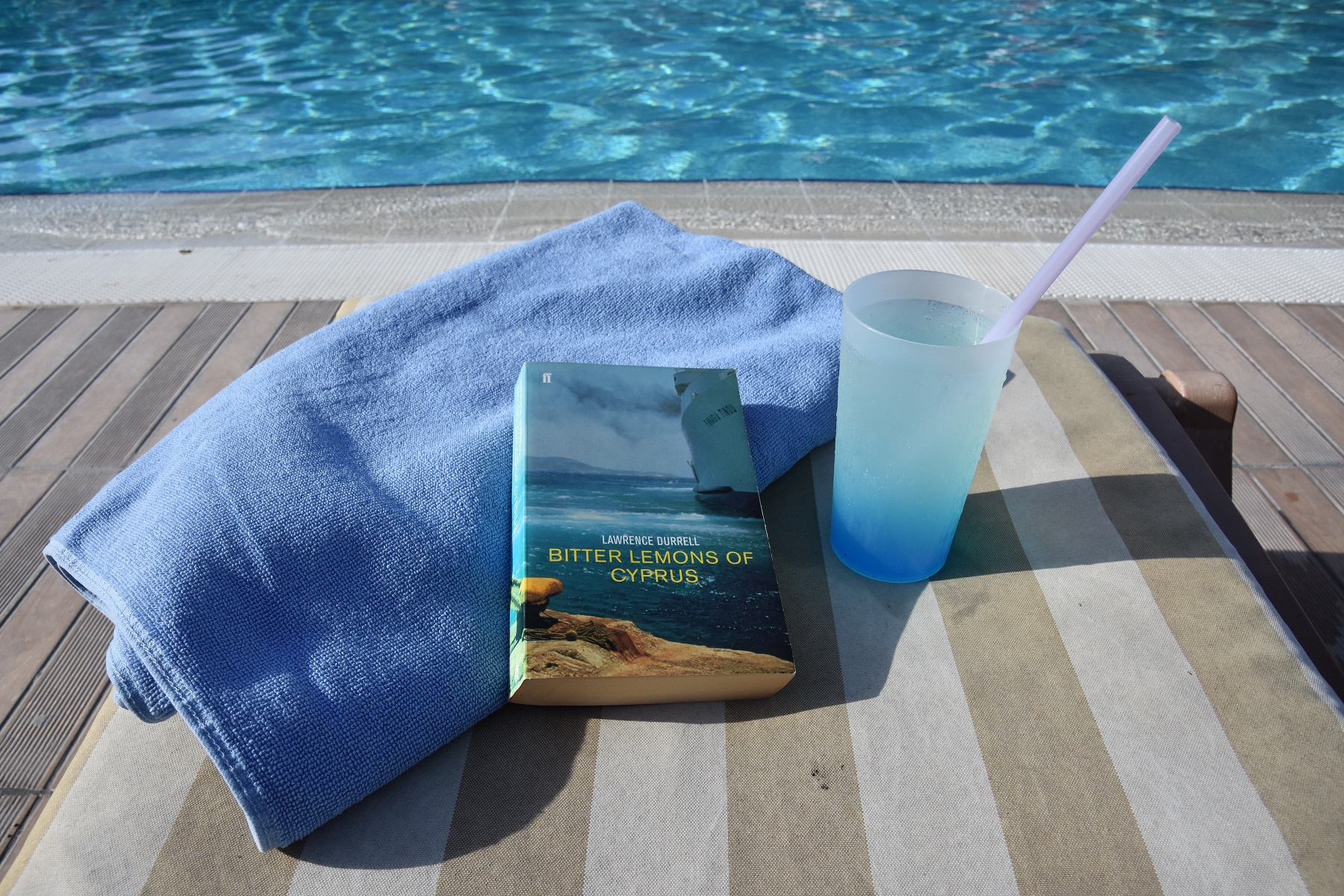
The book made quite an impact on me – and Durrell is published by Faber & Faber Ltd, the publishing house I worked for, so the connection felt a bit more personal. Because of this, when we spent last weekend in Kyrenia, a visit to Bellapais was a must. Bellapais is only a few kilometres from Kyrenia and sits on the slopes of the Besparmak mountains. Buffavento Castle looks over it to the east on its insanely high knobble of rock. Despite being so close to Kyrenia, we got lost on our way there and ended up in a maze of tiny roads on the outskirts of Ozankoy (what is it about getting lost in Ozankoy??). We could see Bellapais Abbey further up but just couldn’t reach it. It turned out that we had missed a crucial sign pointing to ‘Beylerbeyi’ on a roundabout in town. Once we got on the right road it was a 5-minute drive to the village.
There’s a car park just outside the village where you park then walk to the centre on foot. The first thing I saw as I got out of the car was a whole bus-load of tourists walking up the road. Not quite the sleepy atmosphere I’d been expecting. We hung back and looked around a craft shop while we waited for the crowd to thin.
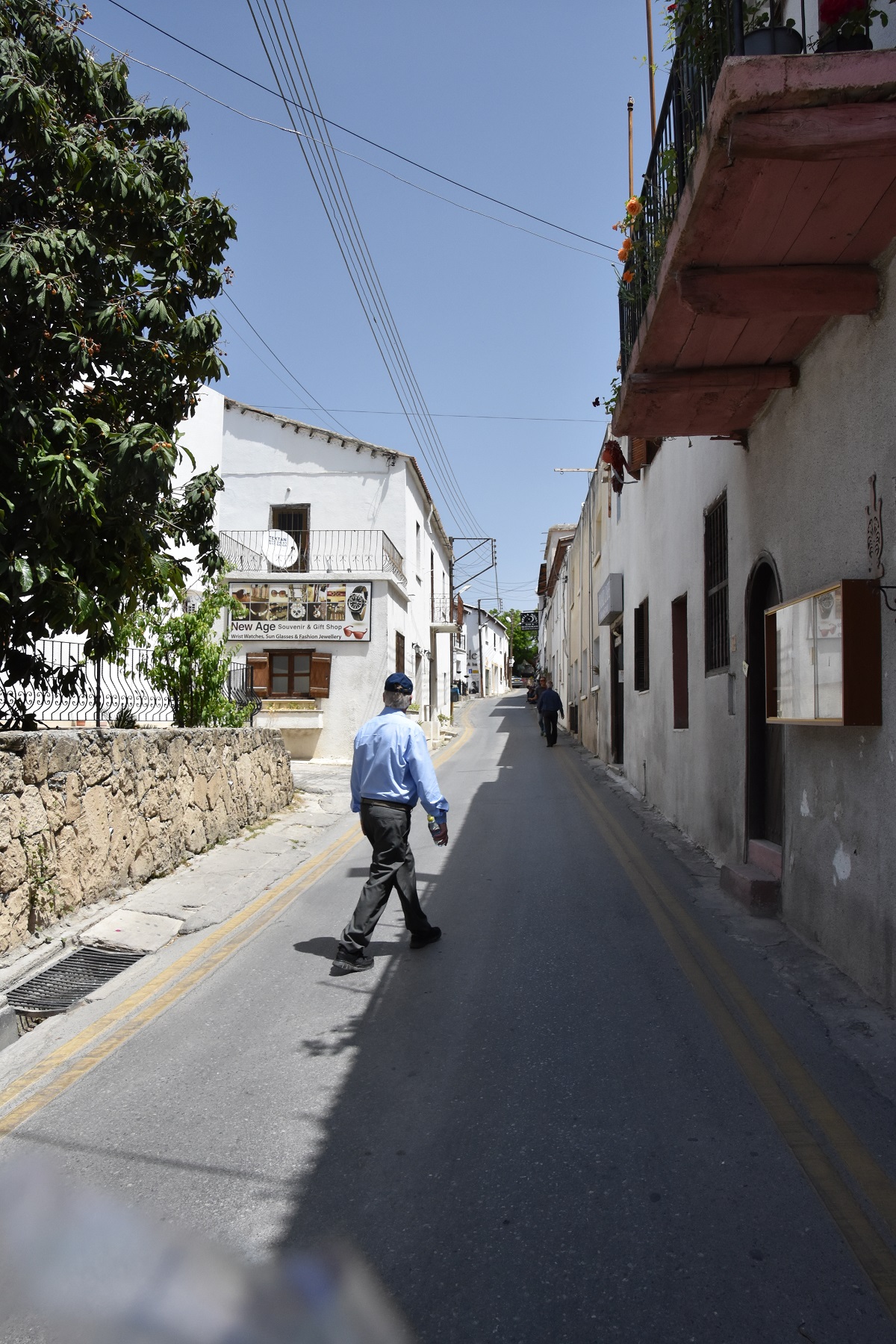
When we reached the village centre, I’ll admit it, I felt a bit disappointed. It was just so . . . touristy. There were tourist shops and cafes, and loads of people milling around. I even managed to purchase a ‘genuine fake’ Mulberry bag in one of the shops. There are two trees which claim to be the original Tree of Idleness and tourists were drinking in the cafes under both, big umbrellas advertising Coca-Cola dotted around. It was just so different to how I imagined it in Bitter Lemons.
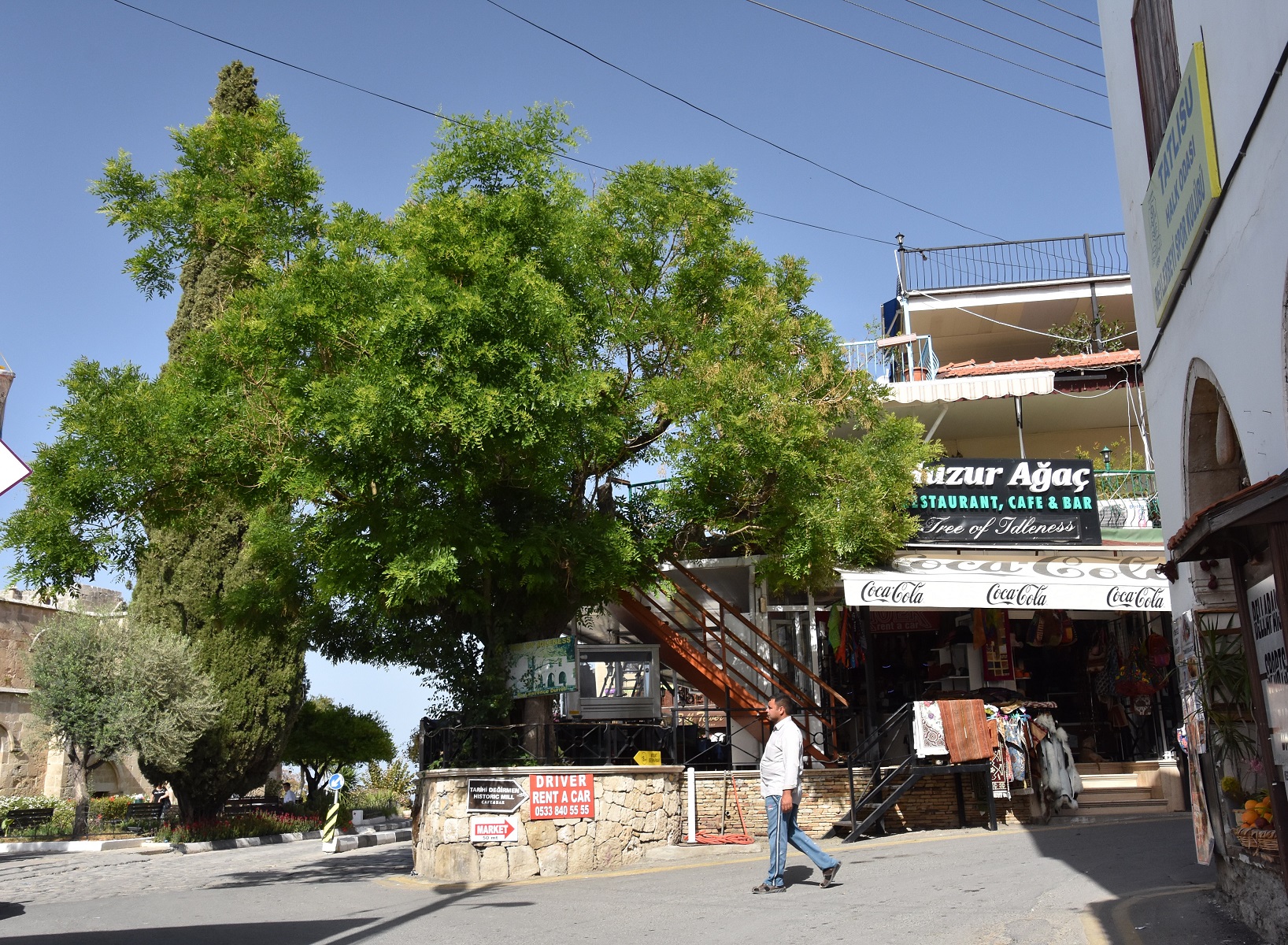
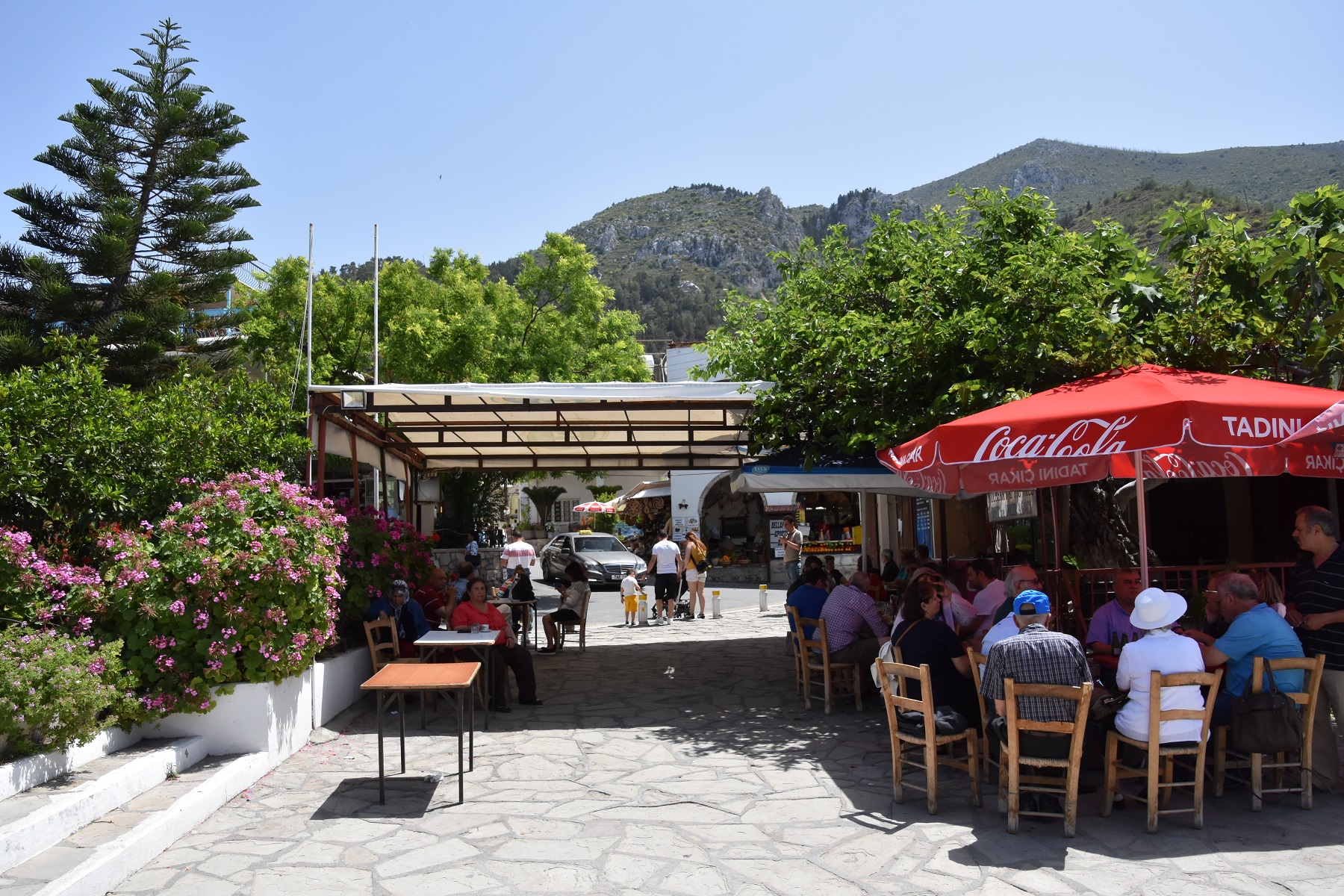
We bought tickets to have a look around the ruins of Bellapais Abbey. The abbey was beautiful and Durrell frequently romanticised it in his novel. Built in the 13th century, its name means ‘Abbey of Peace’ – ‘Bellapais’ being a corruption of ‘De la Pais’ meaning ‘of peace’. There are still some 15th century murals on the wall and the church was impressive. Goobie enjoyed running around the grounds, though it was hard to get good photos with so many other tourists about. If you walk to the far end of the abbey, there is a fabulous view of the northern coast, Kyrenia and nearby villages.
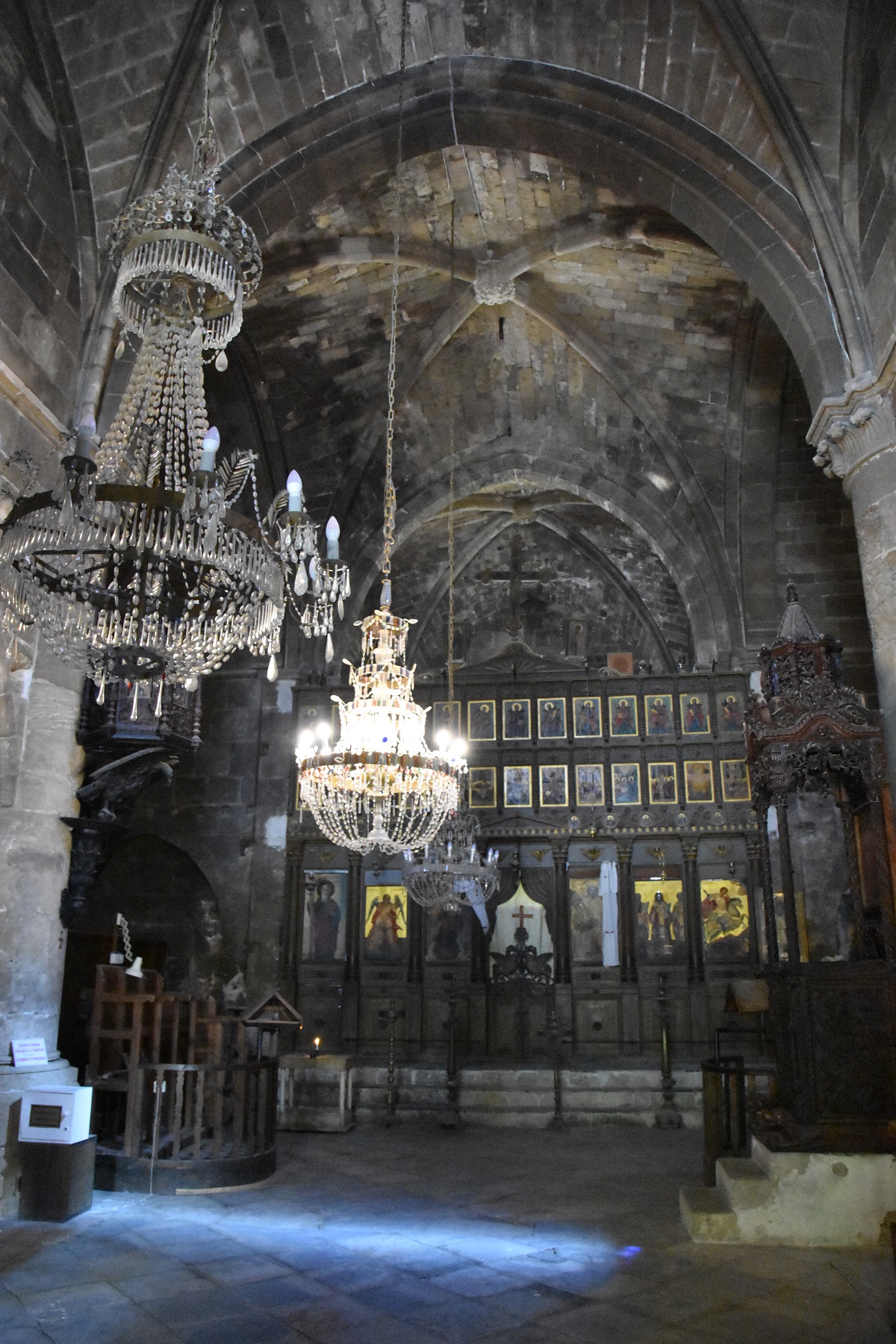
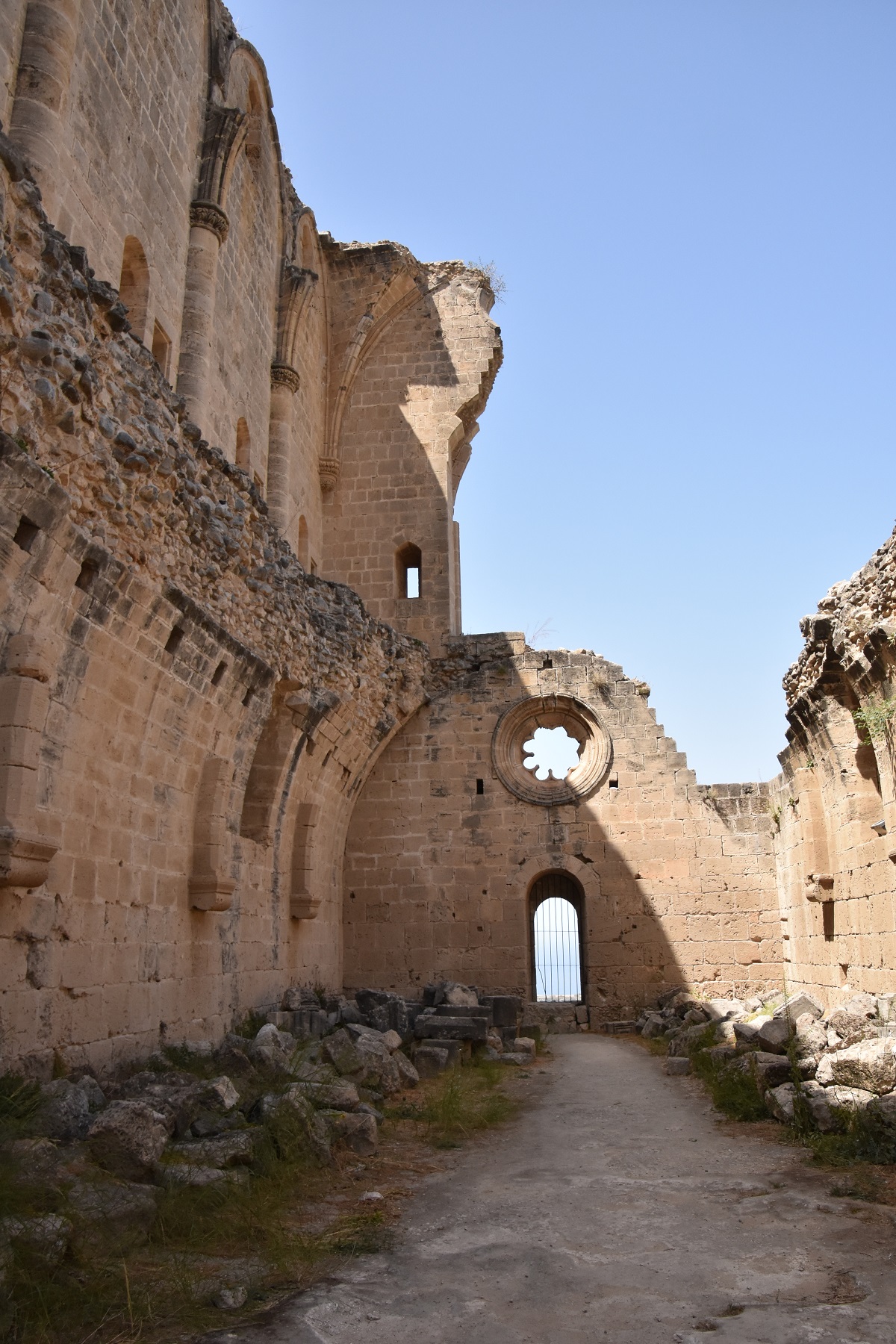
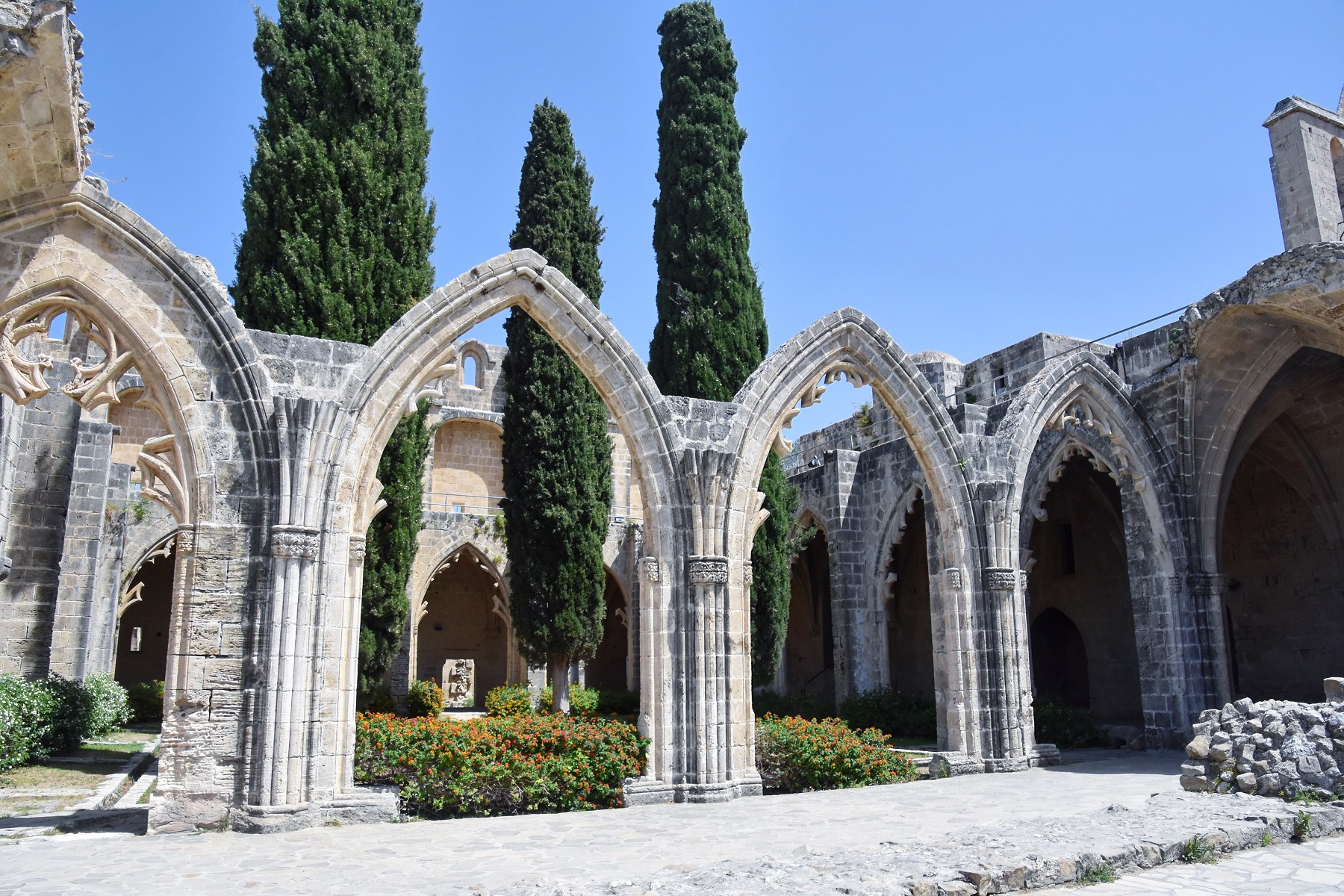

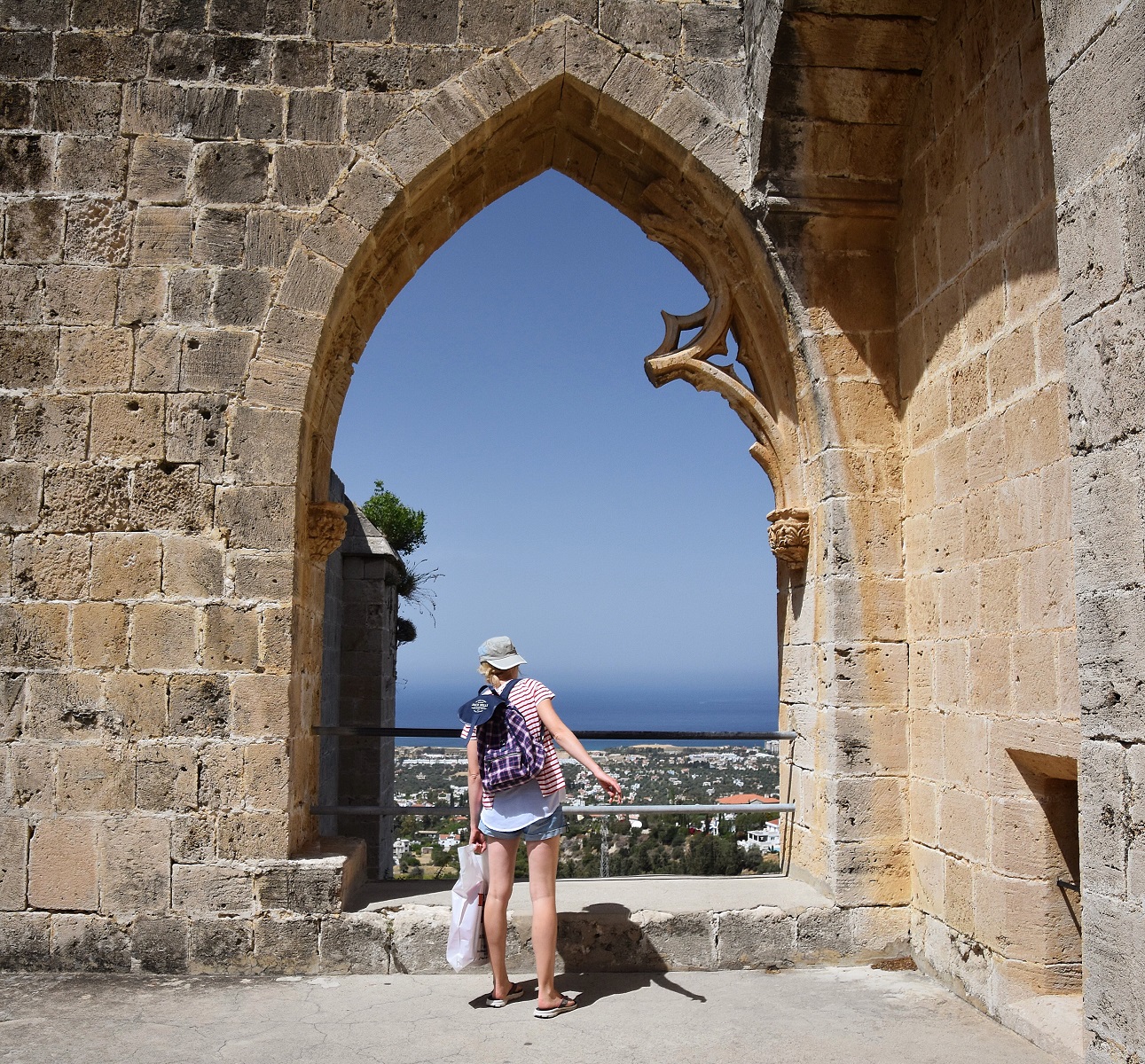
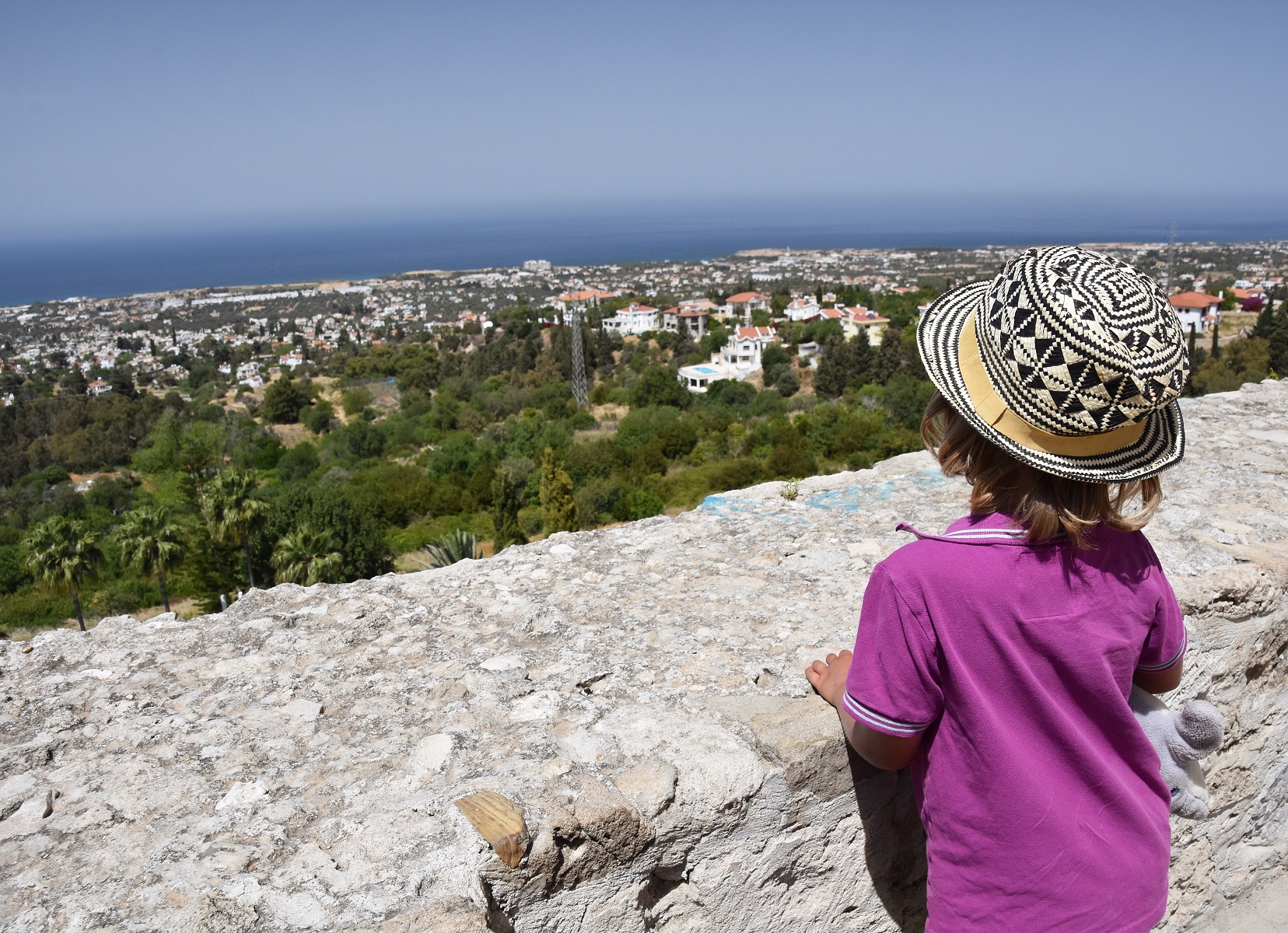
After visiting the abbey we decided to find Durrell’s house, which was towards the back of the village up a steep hill. Once we were out of the centre, the crowds disappeared and the backstreets were quiet and more what I’d expected the village to be like. Durrell’s house was similar to how I imagined it in the book and, apparently, is open to the public for a very limited period of time in September. Next door is Frangos, named after its original inhabitant who featured in the book.
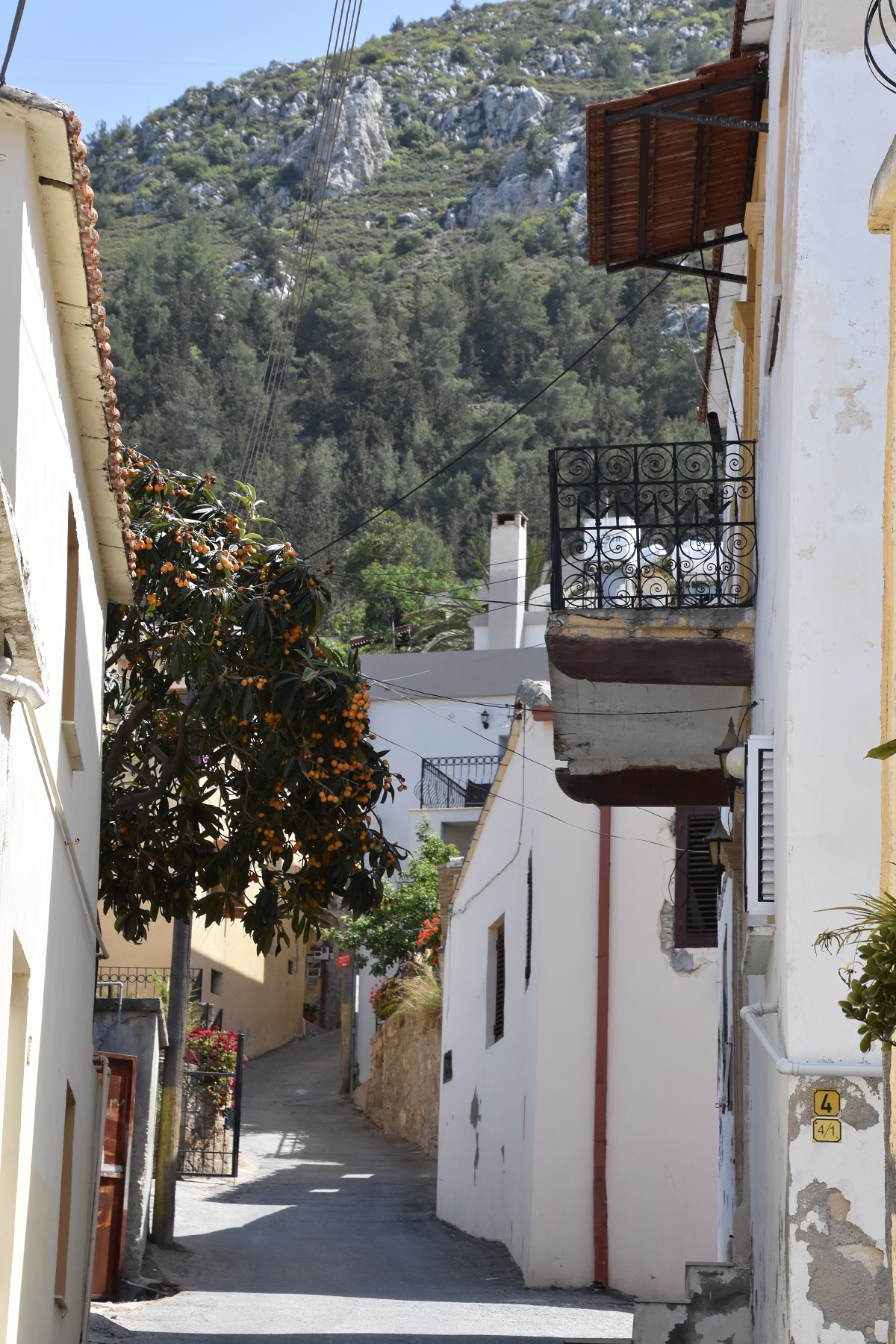
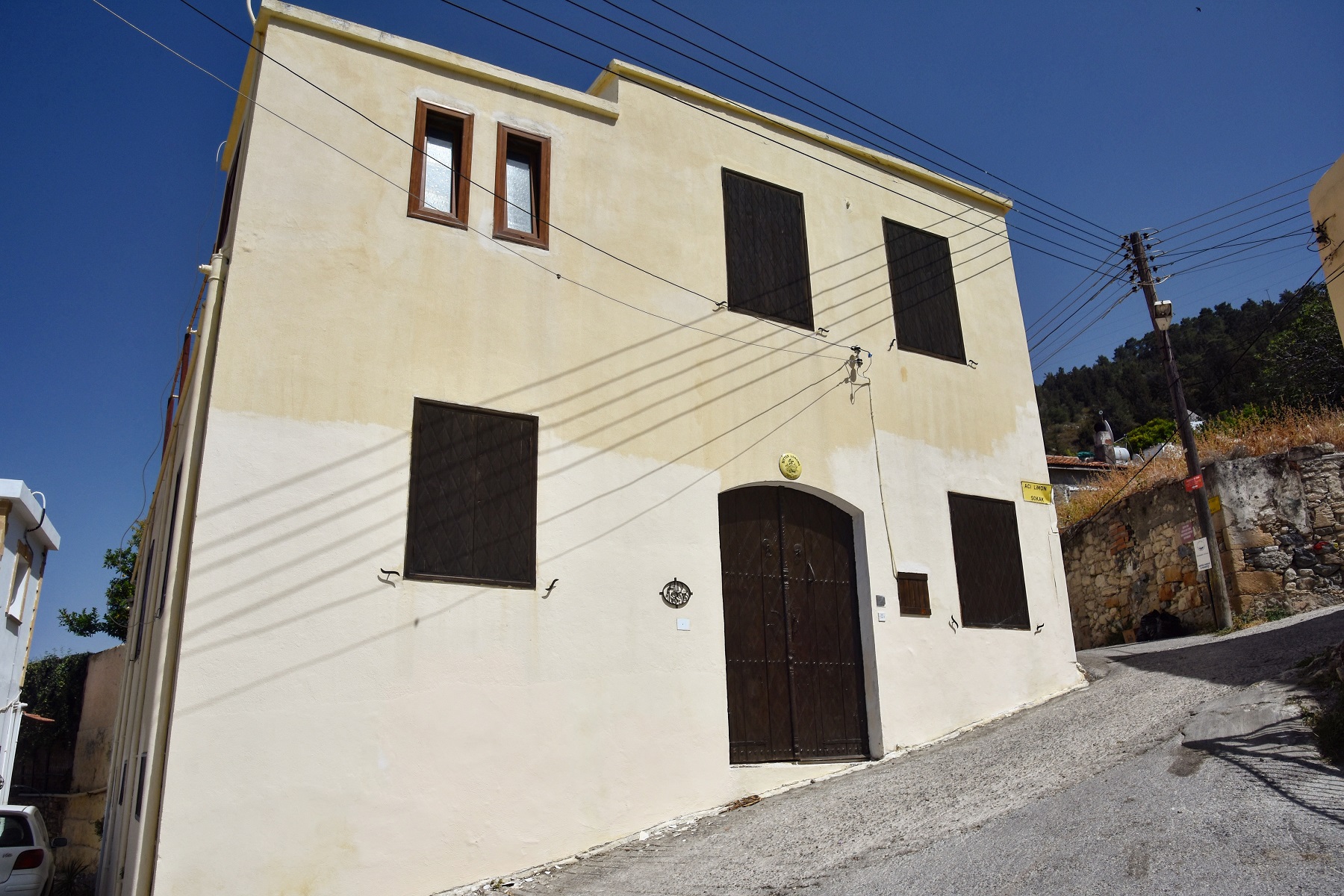
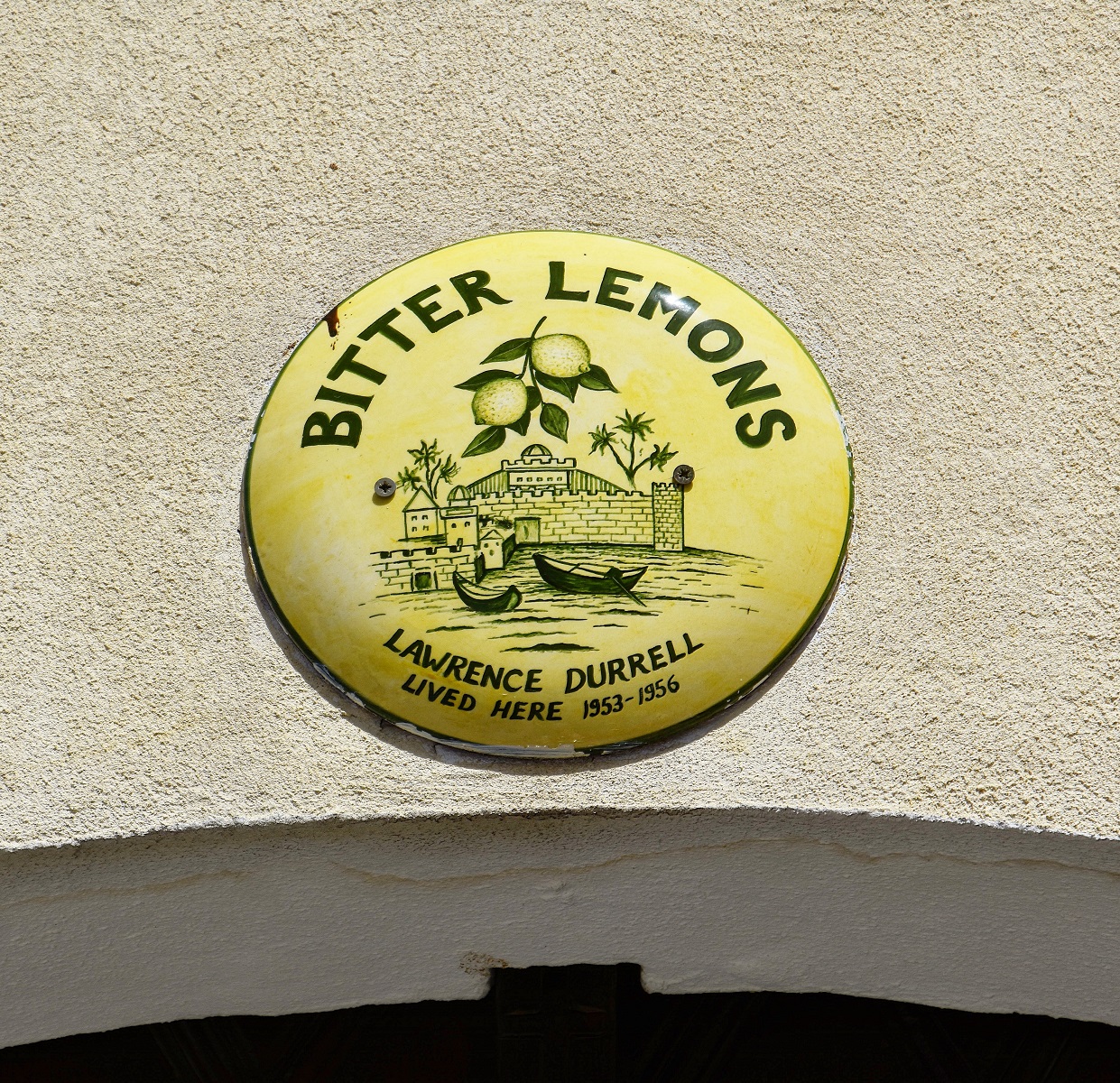

We finished our visit to Bellapais with a very late lunch under The Tree of Idleness. It was mid-afternoon and the crowds had now gone. Finally, I was able to enjoy the village. If I hadn’t read Bitter Lemons, I would have found Bellapais totally charming with its shops and cafes. But because Durrell had painted such an idyllic, peaceful image of the village, I wanted to feel the same atmosphere he’d felt 50-odd years ago. Which was a totally unrealistic expectation. Of course it would have changed – that was what Bitter Lemons was all about. But I wonder what Durrell would think if he visited the village today? Disappointed by how touristy it is, or pleased that the village has survived and is flourishing? For me, it was a bit of both.
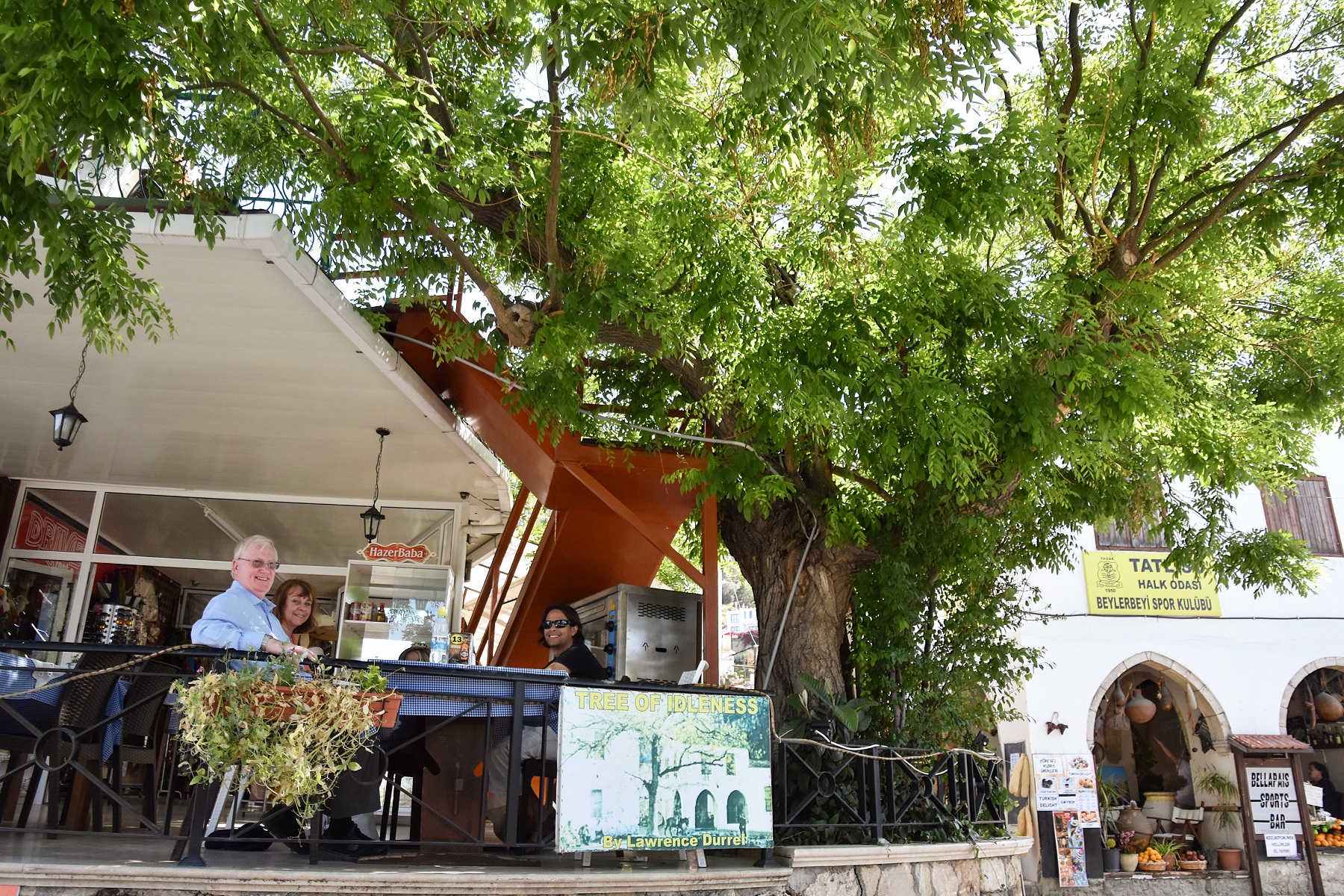
How wonderful! I loved visiting Bellapais back in 2011 when we visited family in Cyprus. I also loved the book especially because Bellapais is my Grandfathers village…when I asked him about Durrell he did recall the Englezo (English man) in the village …My Grandfathers mothers maiden name is Frangos so Id be curious to know more about them!
Anastasia, I have just come across your comment. My Grandfather’s family are also from Bellapais and Frangos in the book was his uncle on his mother’s side. My understanding is that the name Frangos was almost like a nickname derived from the fact the family had fair skin, hair and hazel or blue eyes and so were thought to have descended from ‘The Franks’. Bellapais Abbey would have been home to many European monks it is thought that they may have become a bit too friendly with some of the local girls resulting in some fair haired blue eyed children!
3 Comments